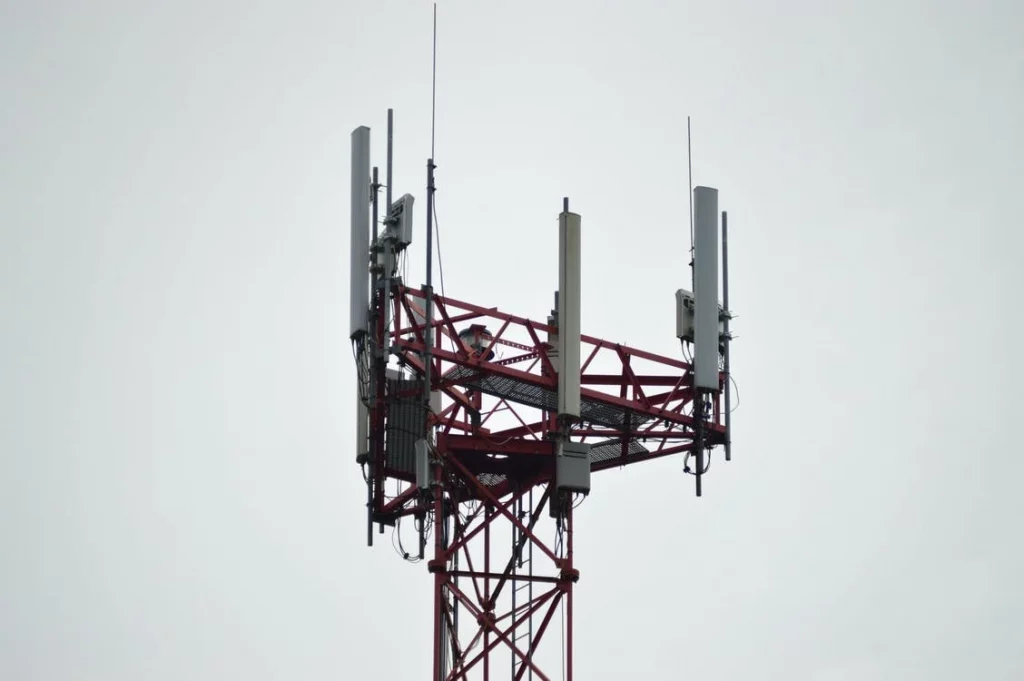Fault in either Router or ISP is the two main reasons why your Hughesnet might not be receiving or transmitting. Sometimes there may be system maintenance or outages, cutting internet supply. Ensure you identify the problem with your Router or the modem before determining the best solution to restore the Signal. Restart the Router or modem to resolve the spontaneous issues that may make your Hughesnet not receive or transmit Signal. let’s know about Hughesnet Is Not Receiving Or Transmitting.

What is Hughesnet?
Hughesnet is the first-choice exemplary satellite internet service in the United States.
It also provides stable and fast network coverage.
The service providers offer affordable satellite internet compared to others. They also provide the best support and services to the customers.
Customers can use either modems or routers to transmit the internet.
Reasons why your Hughesnet Modem may not be Transmitting or Receiving:
Bad weather like dense clouds and heavy rainfall might impact your modem’s Signal.
You have to check on maintenance or outages in the system if you realize your Hughesnet modern does not receive or transmit.
Other reasons include:
- Power fluctuations in the modem might impact the ability of your modem to receive or transmit.
- Problems with wiring cable might impact your modem’s functions.
- Use old firmware. Outdated firmware might impact the functions of your modem.
- Damages on the hardware. If there is lethal or any interference with the hardware of your modem, it might have signal issues.
How can you fix your Hughesnet Not Receiving or Transmitting?
Before you reboot the modem, you can restart it. Restarting your modem is the simplest method of resolving spontaneous issues without troubleshooting.
Solutions to fix the receiving and transmitting problems:
- Hard Reset your Router or Modem.
Consider hard reset if rebooting does not resolve the issue.
Hard reset can discharge your modem or Router out of the remaining electricity and give a cold boot which can be very helpful.
Steps involved:
- Your Router and modem are to be off.
- After several seconds unplug the power adapter.
- Wait for about 5 minutes to discharge the Router and the modem.
- Finally, plug the power adapter into its initial source.
You can plug your Router into a different wall outlet to find out if the issues were with the initial power source.
Remember to avoid using power dividers by plugging your devices directly.
- Reconnect all the cables.
Reconnecting all the cables is essential to incase a fault develops in the configuration’s thread.
How to connect
cables :
- The ethernet cable (gray) plugs into the yellow port of the Router.
- The other side of the ethernet cable (gray) should go into the modem.
- The internet cable (black) plugs into the (blue) port of the Router.
- The power cord connects to a standalone wall outlet in the Router.
Use another ethernet cable from the Router to connect to the PC.
Ensure all the cables used do not have any hardware damage.
- Use updated modem.
The outdated firmware version can make Hughesnet not receive or transmit signals. Using an old firmware version will prevent Hughesnet from receiving automatic updates. You need to log in to your Hughesnet to update.
- Check on the position of the Satellite Dish.
The satellite dish may have a problem with no signal even after updating your modem. Reposition the satellite dish to obtain the Signal.
Steps in repositioning the satellite dish:
- Check the Hughesnet satellite dish.
- Clean the Dish and ensure there is no snow, water, or dirt inside the Dish.
- Reposition the Dish horizontally.
- Keenly check for any visible hardware damages on the Dish. Harsh weather conditions can cause damage. In case of hardware damages, consult the technicians for replacement.
- Ensure all the enabled VPNS are Disabled.
Enabled VPNs on your night can prevent the modem and Router from having signals. Ensure you disable all the abled VPNs if they cause receiving and transmission problems. Only consider enabling the VPNs if you finish troubleshooting.
- Reset the modem
Resetting the modem is the last measure of troubleshooting.
Resetting will clear all network configurations, which will make you do a new setup once you are done with troubleshooting.
Steps to factory reset the modem:
- Use any sharp object or a paperclip.
- Ensure you reach the reset button pinhole, which is located on the back panel.
- Please press the button tightly and hold it for about 15 seconds.
- Once the LEDs on the modem start blinking, release the button.
NOTE: If the above solutions do not help solve the signal problem, you can contact the Hughesnet technical team to restore the Signal or provide a new Router and modem.
CONCLUSION
If the Hughesnet is not receiving or transmitting, you can fix it by following the solutions above. Ensure you know the problem before you select it so that you can take the correct measures. You can reset the Router or modem to resolve more issues that may make the Hughesnet not receive or transmit signals.
If there is no signal despite applying all the above solutions, you can get help from the Hughesnet technician.


